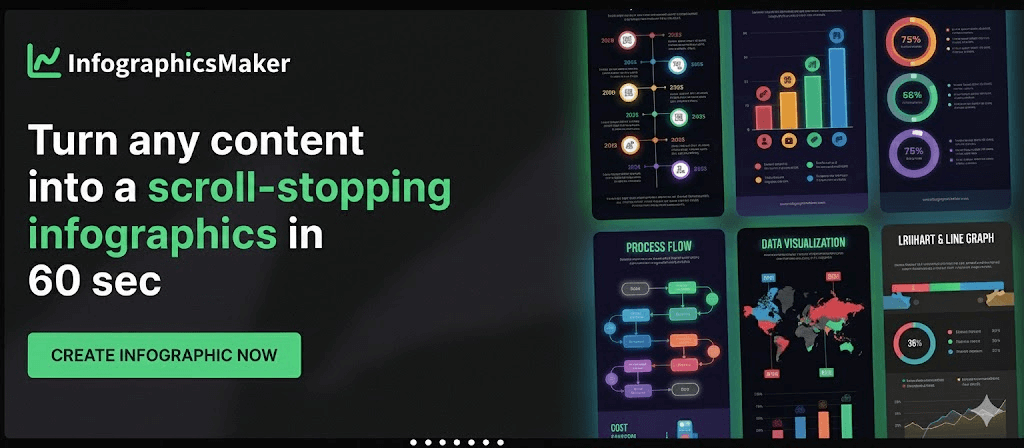5 Steps to Organize Your Data Dashboards Like a Pro
Are you spending more time juggling tabs than analyzing data?
In a world where data is king, staying on top of multiple platforms is crucial---but it doesn't have to be exhausting. The secret to efficiency lies in simplifying how you track your key metrics. Enter SuperBoard, a Chrome extension designed to bring your data together in one seamless, auto-refreshing dashboard.
If you've ever felt overwhelmed by the complexity of traditional dashboard tools or frustrated by platforms without integrations, this article will help you reimagine your data organization. Follow these five actionable steps to create live dashboards that are both functional and beautiful.
Step 1: Identify the Story Your Data Needs to Tell
Before you start building your dashboard, define its purpose.
- Are you tracking marketing campaign performance?
- Monitoring e-commerce sales?
- Keeping tabs on website traffic?
A clear purpose will guide what data you need to include and how to organize it. SuperBoard allows you to pull visuals from diverse platforms, so you're not limited by pre-built integrations.
👉 Pro Tip: Think of your dashboard as a story. Start with high-level stats and drill down into specifics for clarity and impact.
Step 2: Pinpoint Your Data Sources
Once you've defined your goals, list all the platforms you use. Think Google Analytics, Facebook Ads, Shopify, or any other tool critical to your workflow.
Here's the game-changer: not every platform offers integrations with traditional dashboards, but SuperBoard lets you capture any part of any webpage---charts, graphs, or stats---and bring them all into one space.
👉 Pro Tip: Capture dynamic elements from pages with live data. SuperBoard will auto-refresh them, so your dashboard stays current without extra effort.
Step 3: Design Your Dashboard Layout with Purpose
How you organize your data matters as much as the data itself.
- Place the most critical metrics at the top or center.
- Group related data together to create a natural flow.
- Leave room for updates or additional stats you might need later.
With SuperBoard's Figma-like interface, it's easy to drag, drop, and adjust until your dashboard is not only functional but visually appealing.
Step 4: Automate and Simplify Updates
Forget the endless cycle of refreshing tabs. SuperBoard's auto-refresh feature ensures you always see the latest data without the hassle.
Automation means less time spent maintaining dashboards and more time analyzing the insights that matter.
👉 Pro Tip: Schedule a quick daily check of your dashboard instead of wasting time logging into multiple accounts.
Step 5: Share or Collaborate as Needed
Dashboards shouldn't exist in silos. Whether you're presenting to a team or collaborating with clients, sharing a unified view of your data streamlines communication.
With SuperBoard, your dashboards are always up-to-date, making it easy to showcase real-time results or trends without additional prep.
Why Traditional Dashboards Are Overkill for Most Professionals
Many dashboard tools require time-consuming integrations that don't always cover your needs. SuperBoard cuts through that complexity. By allowing you to capture data directly from websites, it's an agile solution for professionals who want fast, easy, and powerful dashboards.
Final Thoughts
Data dashboards don't need to be complex to be impactful. With the right tools and a thoughtful approach, you can save time, improve clarity, and focus on what matters---using your data to drive decisions.
